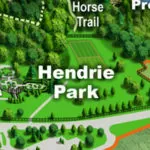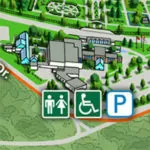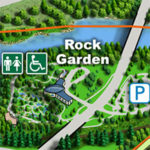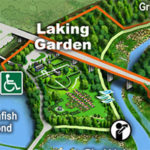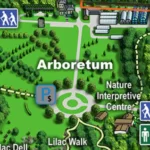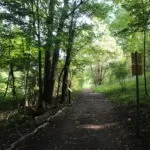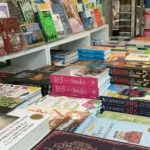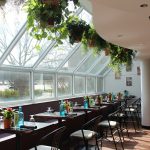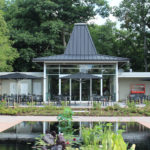| Membership | Price |
|---|---|
| Student | $55/year |
| Single | $85/year |
| Single Plus | $120/year |
| Family | $130/year |
| Family Plus | $175/year |
| Contributing | $250/year |
| Supporting | $500/year |
| Sustaining | $1,000/year |
| Benefactor's Circle | $2,500/year |
| Director's Circle | $5,000/year |
| President's Circle | $10,000/year |
Science
Science at RBG
Science is the process of discovery! Since its early days in the 1940s, Royal Botanical Gardens has been part of exciting discoveries in botany, ecology, and related fields, and many outside researchers have undertaken research at RBG too. Just like botanical gardens around the world, RBG works to generate new knowledge. Our staff use science to support the management of our natural areas, gardens and horticultural collections and to enrich our many educational and outreach activities for our visitors and the public.
Royal Botanical Gardens’ Science Department brings together many unique and rich information resources for the rest of RBG and for outside specialists and the public. Our goal is to generate new knowledge about plants, ecology, RBG’s own history and landscape, and the history of gardening and horticulture in Canada. In addition to science staff, we rely heavily upon the assistance and expertise of a range of volunteers.
The programs and collections of the department are the library and archives, Centre for Canadian Historical Horticultural Studies, field botany and herbarium, plant taxonomy and research, and botanical conservation information. In addition, the department has important roles in building and maintaining relationships, including as liaison with universities and external researchers, and with Indigenous communities, and serving as the Secretariat of the Cootes to Escarpment EcoPark System. From this page you can learn more about what happens in the science department, how to make use of our collections and other resources, and if you are a researcher, how to work with us and apply for permission to undertake your own projects at RBG.
Science Projects & Departments
Herbarium & Field Botany
An herbarium is a collection of dried plant specimens carefully preserved, labelled, and arranged for reference. Today, RBG’s Herbarium (known internationally as HAM) houses approximately 60, 000 vascular plant specimens, and is quite unique as it includes both wild and cultivated plants. Over 1,500 genera, from 230 families, are represented within the collection. The herbarium is like an index or dictionary for the plant biodiversity at Royal Botanical Gardens! The herbarium is the base for our field botany program, the on-going documentation of plant species at RBG, a natural biodiversity hotspot!
Library & Archives
RBG’s library includes about 12,000 books and 1,700 serials titles. Our archival collections are divided into two major sections. These include the corporate archive, the record of RBG’s own history and activities, and the collections of the Centre for Canadian Historical Horticultural Studies, which help tell the story of the development of gardens and horticulture in Canada.
Plant Taxonomy and Research
Botanical and ecological research at Royal Botanical Gardens began in the 1950s. Our longest research program is in the taxonomy of the Gentian family, a large and diverse group of flowering plants. In the past RBG staff have also been involved in breeding new plant cultivars, managing extensive horticultural plant registries such as that for Lilacs (genus Syringa), studying the diversity of plant species, and researching the recovery of endangered plants like Red Mulberry (Morus rubra) and few-flowered club rush (Trichophorum planifolium), growing naturally on RBG’s own properties.
For Visiting Researchers
From archaeology to zoology, visiting researchers have been making discoveries about the plants, land, history, ecology, and cultural heritage of Royal Botanical Gardens for many decades. Royal Botanical Gardens welcomes visiting researchers. We do require that visiting researchers work with us to obtain approval of any project. We do make sure that anything that’s being done by researchers (including classroom groups from tertiary educational institutions) outside of what’s normal for recreational use of the trails, gardens, or waters of RBG will be safe and respectful of the people here, and the biological, and cultural resources we steward.
Building Bridges for Biodiversity
The natural lands at Royal Botanical Gardens are among the richest in all of Canada for plant species diversity, and a wide range of wildlife call them home too. Starting in the 1980s RBG has been part of efforts to apply the many capabilities of botanical gardens to the challenges of conserving biodiversity, especially in Canada. Botanical gardens around the world have been working on these challenges for many decades, and applying a variety of programs to help preserve and use sustainably the world’s plant species richness.
Resources
Select the links below to download documents (PDF format for Adobe Acrobat Reader):

Support Science at RBG
These projects are possible thanks to the generous support of RBG Members and donors. With a donation to Greatest Need Annual Fund, you can ensure an active, vibrant and healthy future for the children of today and tomorrow through our horticultural and conservation projects.
Read More from the Science Team
Read more about the thoughts and projects of RBG’s dedicated Science team! Find more interesting articles and announcements at rbg.ca/blog

